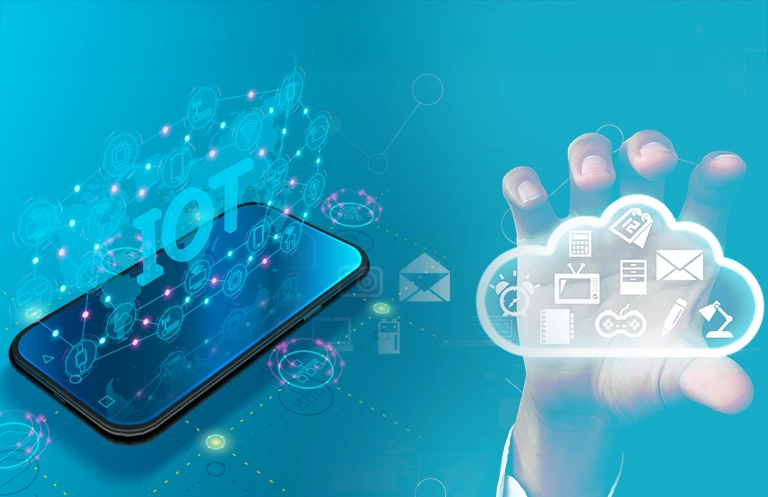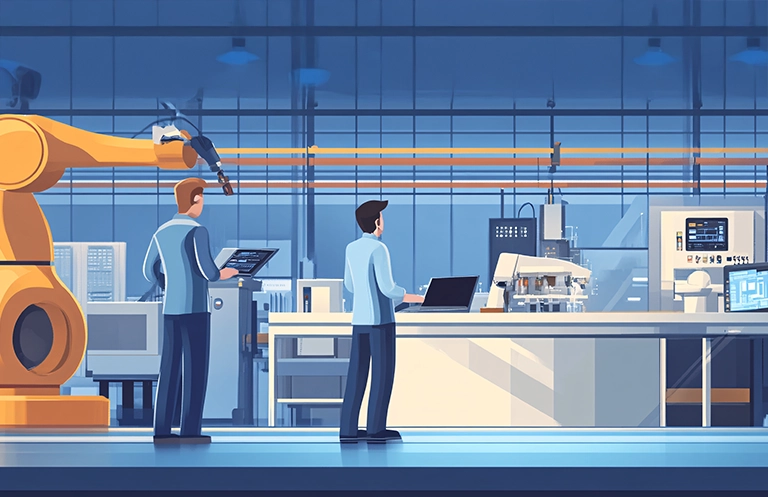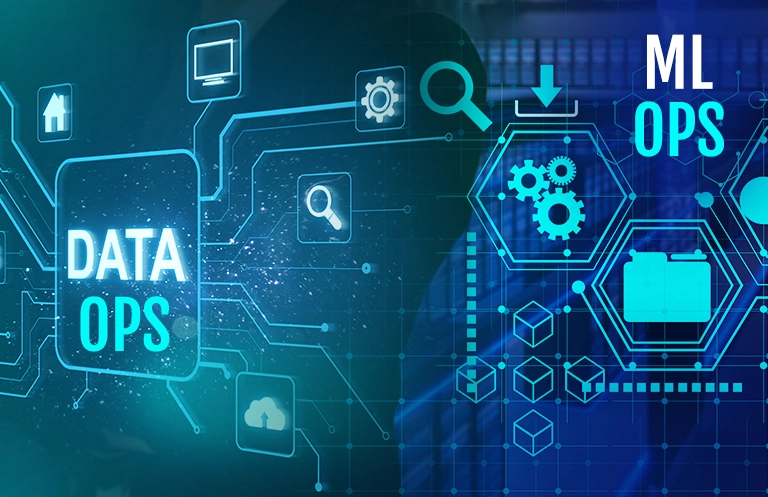What influences the customer buying decision for any product that they do not actually need? Emotions.
Any purchase is made because the customers feel they need that product; however, there are times when they did not realize this “need” before they encountered the product.
People like to visit fancy coffeehouses and fine-dine restuarants, why? Not because they need to, but because they want to have that experience; here, the emotions drive the product purchase. Similarly, there are plenty of examples where customers buy products that are not necessary for survival, but the products trigger certain emotions or aspirations.
This factor also influences brand loyalty of customers. Whether they like the products of a particular brand or they like the status that is associated with a particular brand, they like the idea of being more than just a customer, they want to be a part of that brand.
Digital transformation offers a modern technological platform to help brands differentiate themselves in the market by delivering emotionally rich customer experiences. It is about understanding customer expectations and delivering an experience that leaves a positive impression and makes a brand stand apart from its competitors.
How can retailers remain relevant in a digital-first world? Answer: Artificial Intelligence
When we think about applying the latest technologies to the retail industry, augmented reality powered smart mirrors may be the first one that comes to our mind. However, on top of using augmented reality, artificial intelligence has plenty of beneficial use cases for the retail sector. Let’s explore some of the prominent ones here.
Intelligent store shelves
All brands – may it be a leading one or a startup – are competing to get visibility, online as well as in stores. Hypermarkets and departmental stores are charging tons of money for prime shelf space; according to The Wall Street Journal, Whole Foods is charging its top vendors about US$300,000 for several weeks of prime shelf space, rolled in with other promotions. Even if the brands agree to pay that sum to get their products on the most-visible shelves with high traffic, they cannot know what is actually going on in the store.
Brands do rely on auditors to check if their products are displayed properly and the stock is maintained at the stores. However, auditors cannot gather real-time information on how visible the product is throughout the day. This is where artificial intelligence comes into the picture.
Using computer vision through in-store cameras, mobile phones, and robots, several metrics such as share-of-shelf, distribution, price tags, and missing items on the shelves can be determined. This real-time data reflects the shelf activities and can allow businesses to understand important metrics and its status to make better marketing decisions. Brands get real-time updates regarding their products on the shelves of a specific store. This helps them figure out whether their investment is succeeding in gaining more customers.
Apart from this, there are various ways in which store shelves can be made smart. eInfochips is working on a project for a retail giant in the US to replace paper price tags with digital screens that will display product price, offers, product information, as well as relevant video ads for customers.
Recommendation system
When you are shopping online or watching a web series or streaming some music, you might have come across a list of suggested products, shows to watch, and music recommendations. Such recommendation systems are not limited to giants like Amazon, Spotify, and Netflix. Retailers can invest in an AI-powered recommendation system that is capable of understanding user preference and suggesting similar products that they might show interest in.
RELATED BLOG
5 Ways to Utilize Artificial Intelligence in Retail for Enhancing In-store Customer Experience
All AI-systems, including the recommendation engine, feed on data to deliver output. All the user data about historic purchases and viewed items in case of e-commerce can be collected and processed using big data, on top of which, machine learning equips the system to learn and perform intricate tasks without having been coded to perform them. Machine learning algorithms, including recommendation systems are trained to identify patterns from the data and predict new relationships accordingly.
Cashier-less stores for theft prevention
According to the National Retail Federation, shoplifting and paperwork error cost retailers in the USA $46.8 billion every year. A great way to prevent theft is by establishing cashier-less stores, which works on the concept of “if you take it you bought it.” In such cases, the store will automatically charge the customer for all the items they are carrying while they check out.
In 2016, Amazon debuted its first cashier-less store in Seattle – Amazon Go. Since then, some startups such as AiFi, are aiming to create cashier-less store technology with the use of cameras, sensors, and artificial intelligence. When it comes to cashier-less stores, the shelves are loaded with weight sensors and cameras, which tracks the products as well the customers who take it from the shelves. All the items taken by a customer from the shelves will be added to his/her cart and the respective amount will be deducted from the linked account.
Unified commerce
A lot of retail businesses use a patchwork of business applications to connect all the components of their business, including CRM, Point-of-Sale, inventory system, e-commerce, customer relationship and much more. Unified commerce is a platform that binds together all the components of a retail business; it goes beyond delivering an omnichannel experience. It gives top priority to seamless customer experience by breaking down the barriers between internal channels and blending the interactions between channels to deliver a common commerce platform.
While the omnichannel experience focuses on customer experience, it is still inconsistent as inaccurate data is available across different departments of the company, so there is not a single version of the truth. On the other hand, unified commerce binds all of it together, the web side, the mobile side, and the store side in real-time.
The Final Say
No matter how loyal a brand’s customers are, they might eventually switch to another brand if their favorite brand fails to deliver a digital-first buying experience. Retailers that can understand the importance of customer interaction at each touchpoint and are able to adopt new ways to improve it will always remain the top players.
eInfochips has been listed in “Top 10 retail security solutions provider” in Retail CIO Outlook magazine. We have also gained abundant retail experience while working on in-store surveillance solution for one of the largest grocery store chains in the world. If your retail business needs an online or in-store customer shopping solution, we’d love to explore the solution with you and suggest ways in which it can be accomplished.













